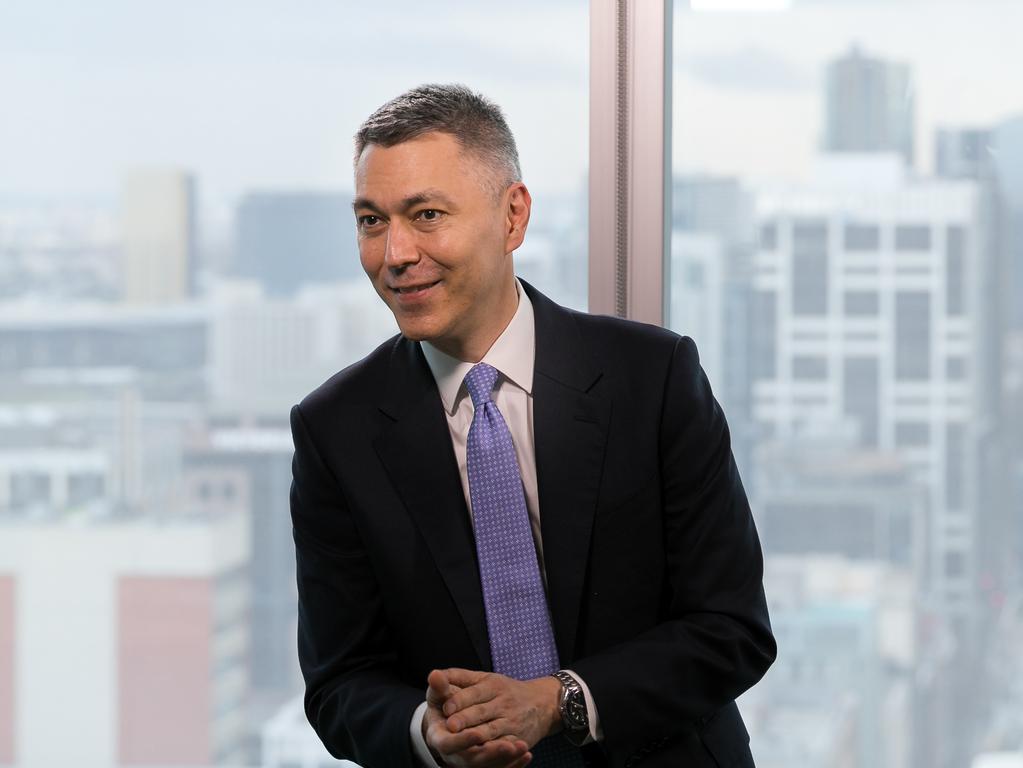
And, paradoxically, as I will explain below, no Australian company has a bigger interest in the outcome of the US presidential election than BHP.
Three quarters of BHP’s 2019-20 earnings before interest and tax (EBIT) come from iron ore. In generations of BHP boards and CEOs past, that would have sparked a volley of new iron ore investment.
Instead BHP will edge up its iron ore production and take advantage of the fact that its rival Rio Tinto is suffering from its attempts to manage mining out of St James’ Square in London.
BHP was once a high-cost iron ore producer. But it now produces ore at a cost of some $2.50 a tonne less than Rio Tinto. The BHP mines around Mt Newman have a hundred year life. Rio Tinto, with its close links to Chinese state-owned enterprises, is looking to expand in West Africa via Simandou in Guinea, which is a major, high capital cost iron ore project. The Chinese see Simandou as a way of lessening dependence on Australian iron ore. BHP looked hard at Simandou some years ago will not follow if Rio joins the Chinese in Simandou. BHP believes that in the second half of the 2020s, China’s demand for iron ore will actually be lower than today, as crude steel production plateaus and the scrap-to-steel ratio rises. Simandou will therefore be coming into production at a bad time, so will be more a strategic investment for the Chinese than a cash bonanza. BHP’s plan is to become even more efficient in iron ore and it wants iron ore and coking coal to be major cash cows rather than expansion vehicles.
Meanwhile BHP has doubled its investment in petroleum in the last two years, mainly through projects in the Gulf of Mexico. It plans that by 2025, today’s oil investments make BHP oil a major cash flow generator. The reason BHP is optimistic about oil is that while there will be considerable reductions in demand because of electric cars and similar transportation changes, the world is slashing its exploration and investment in oil, so there will be a supply shortage which will boost the price.
Presidential poll
Then there is the possibility – indeed likelihood if we believe the opinion polls – that Joe Biden will become the next president of the US and Kamala Harris the next vice-president. Harris has a number of passions, one of which is that she hates oil and gas fracking and would like to see it abolished. The US has become a major world oil and gas producer via the fracked oil and gas fields of Texas and surrounding areas.
BHP paid some $30bn in 2011 to buy into to fracked shale oil and gas and two years ago sold for around $15bn - a big loss. But the value of those ex BHP fields will have halved again, and if Biden becomes president they will fall further. BHP’s decision to cut its losses and invest in the Gulf of Mexico looks a good one. If Harris has her way, then the price of oil will rise strongly and may stay at the high level for an extended period. However labour retrenchments ahead in Texas plus the looming higher price of oil will become a major US election issue.
BHP’s production of oil is set to fall but will recover quickly by 2022. Major increases will com by 2025, when BHP hopes oil will rank along side metallurgical coal and iron ore as its third major cash cow.
In terms of immediate new non-oil projects BHP has only one new major avenue of expansion – the Jansen potash mine in Canada. It believes that the demand for potash will continue to rise and the current surplus production will be absorbed allowing the BHP low cost Canada deposits to be economically developed. A decision as to whether to go to the next stage will be made at the end of 2021.
It is clear the Big Australian is going to be a major Australian profit earner and taxpayer but apart from investments in the North West Shelf, in the shorter to medium term most of that cash is going to be invested offshore. Olympic Dam is still on the agenda but was quietly dropped form the list of immediate major projects in the latest report.
BHP is a great believer in nickel and further expansion of its nickel operations is possible but is not mentioned in this week’s major project list.
Better timing
When you look at past generations of BHP boards and chief executives, when there was strong cashflow they proudly announced that there was a large string of new projects in the pipeline. Indeed it was those projects that drove the share price in the good times.
But all too often by the time the projects came on stream the timing was wrong, so BHP is restraining its capital expenditure to become a much greater dividend stock. BHP traditionalists believe that this is the wrong approach and that it would be better using the cash to be moving into new fields like lithium but that is not the BHP strategy of 2020.





The BHP that emerges in August 2020 is different to anything we have seen from the Big Australian in the last 100 years. It is planning to become a massive cash flow generator, as distinct from a company dedicated to growth projects. The new trend was confirmed by the special dividend.